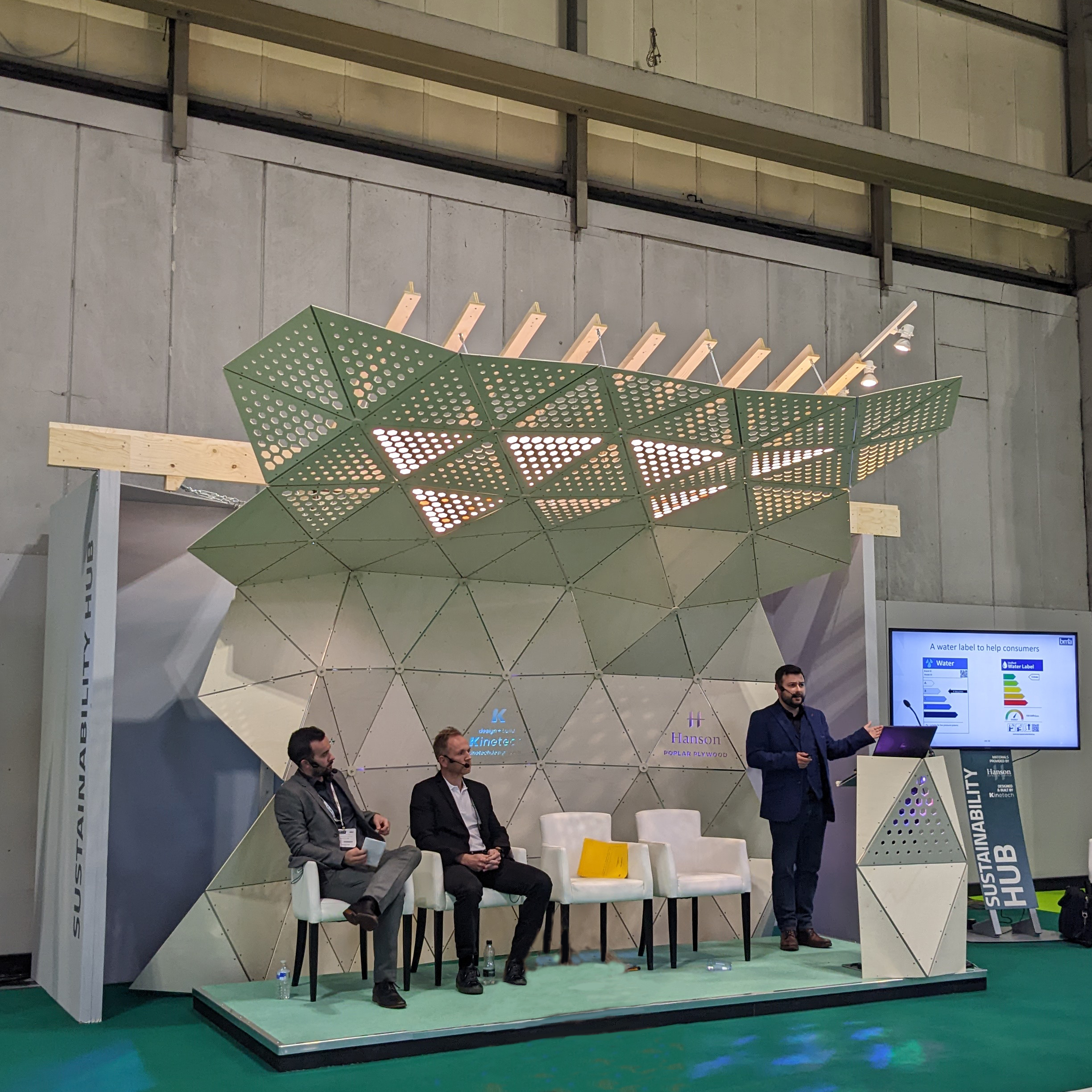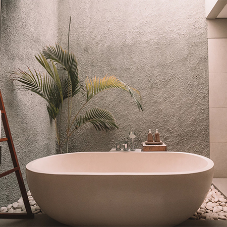ROUND ONE – The History
Starting with solar roof tiles, they have only become prominent fairly recently. One of the first solar tiles or ‘shingles’ as they are commonly known, came into use in 2011 in Colorado. The shingles were produced by the Dow Company and they estimated that the solar tile market would generate $5billion by 2015 and $10billion by 2020. Solar Panels on the other hand have been in use for a good deal longer than solar roof shingles and were originally used first in space for satellites.
ROUND TWO – Installation
Solar panels on roofs have to be mounted above the shingles. This means that additional installation takes place after the protective shingle layer is installed. They can be used to build solar farms and can be installed in gardens or anywhere there is adequate space available. Solar tiles are fitted to roofs much in the same way as normal roof tiles and look like original roof shingles. Solar shingles actually replace the asphalt shingles in the area they are placed. This means that on a re-roof project less asphalt shingles need to be purchased and installed because the solar shingles double as energy producers and roofing shingles.
ROUND THREE – Efficiency
It used to be the case that solar shingles were much less efficient when compared to solar panels. Before 2008, solar shingles or thin-film solar cells barely peaked above 10% conversion efficiency. However in 2008 there was a breakthrough with (CIGS) copper indium gallium diselenide that allowed the thin-film solar cells to reach a conversion efficiency of 19.9% which was a new world record for this type of solar cell. Before that breakthrough, solar panels far outperformed shingles with a 20.3% conversion efficiency making them the obvious choice for solar power for many years. Nowadays, the conversion rates are almost identical.
ROUND FOUR- Aesthetics
Of course when we are making changes to our houses, one of the first things we want to make sure of is that these changes look good. One of the positives for solar shingles is that there are no protruding structures or ugly joints and rails to spoil the outward appearance of a property. The shingles are also easy on the eye, so you won’t have to worry about bulky black panels the size of your dining room table attached to your roof that can be damaged pretty easily through the years. This eliminates any neighbourhood complaints from your homeowners association or community and creates pleasant view of your home. Solar panels can be positioned to receive optimum amount of the suns radiation, which means that they often look striking with the glare of the sun beaming off them.
And the winner? What do you think?
Useful links:
• Monier Redland's Solar PV Range offer developers a fully-integrated PV solution for slate, plain tiles and profile tiles.
• SIG's Solar PV Range is one of the most efficient on the market, it is made up of tubes sheathed in copper-indium-gallium-diselenide (CIGS) solar cells.









